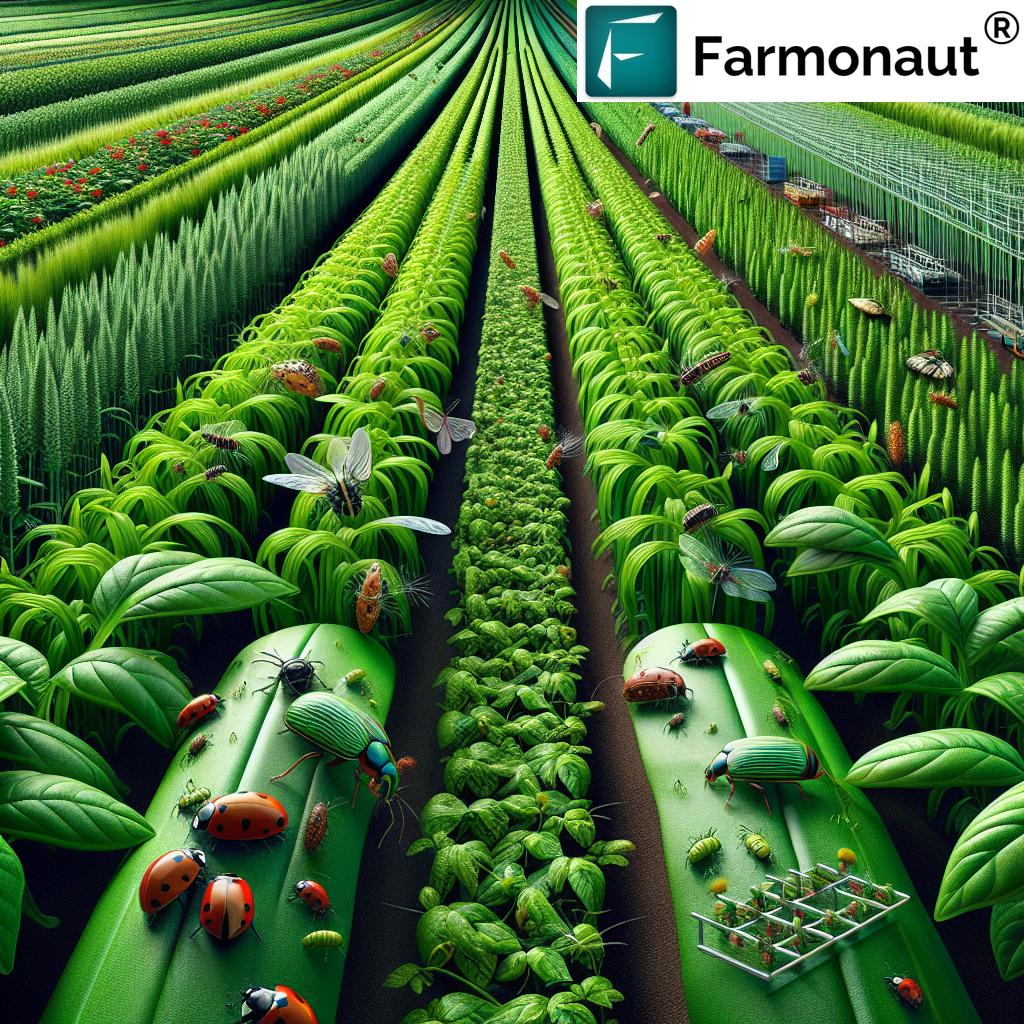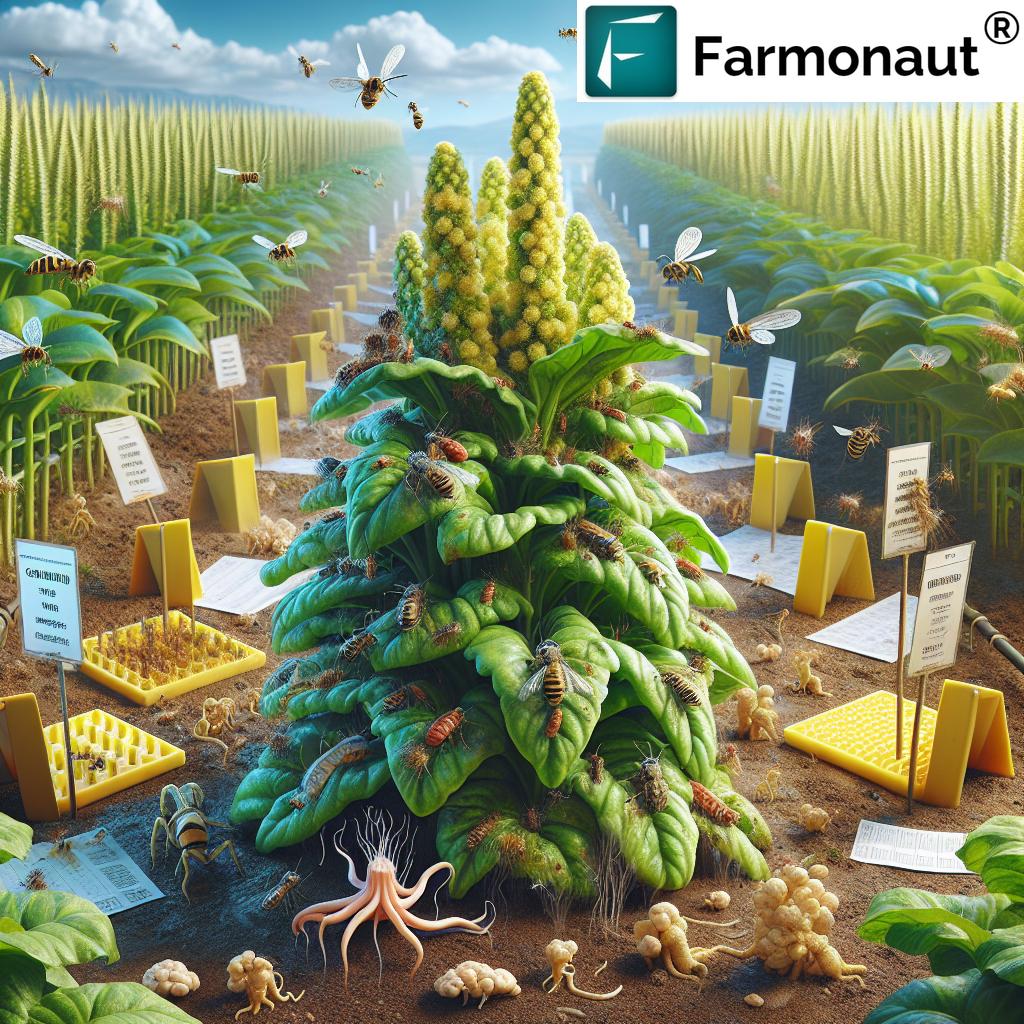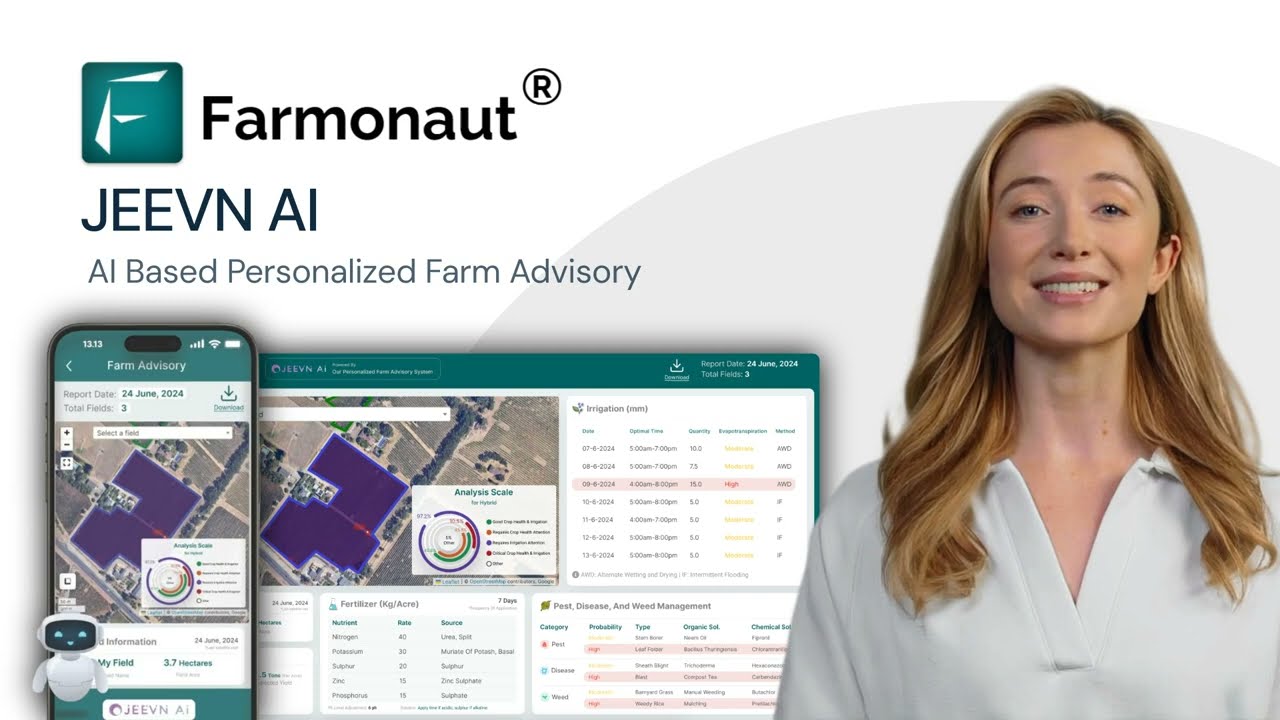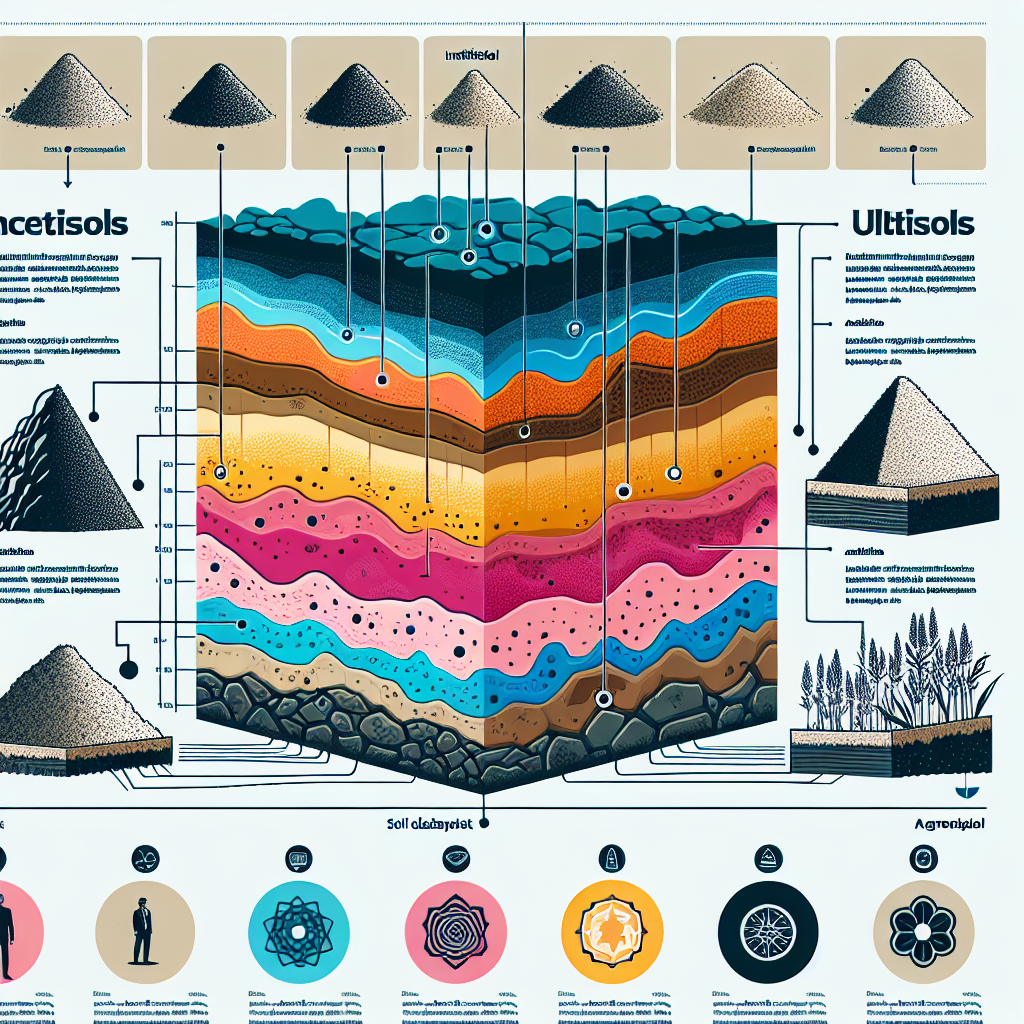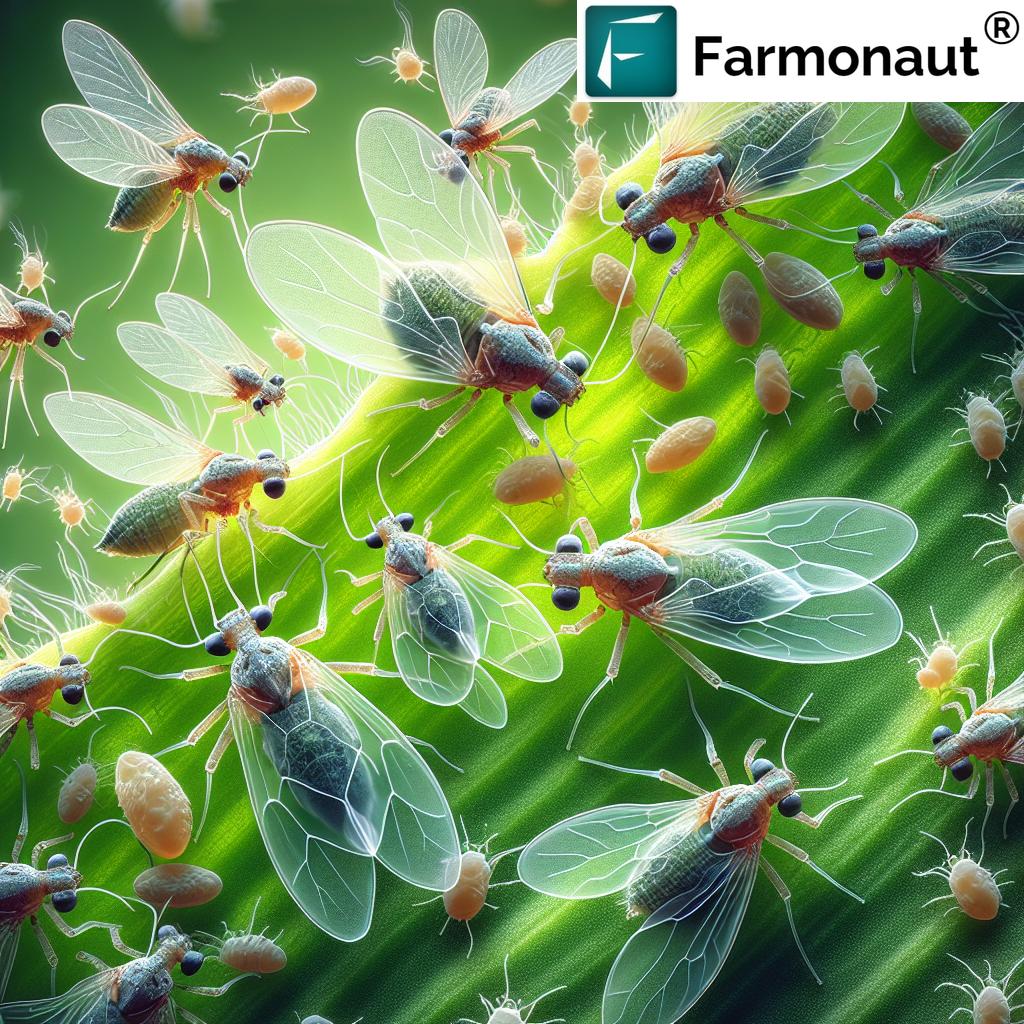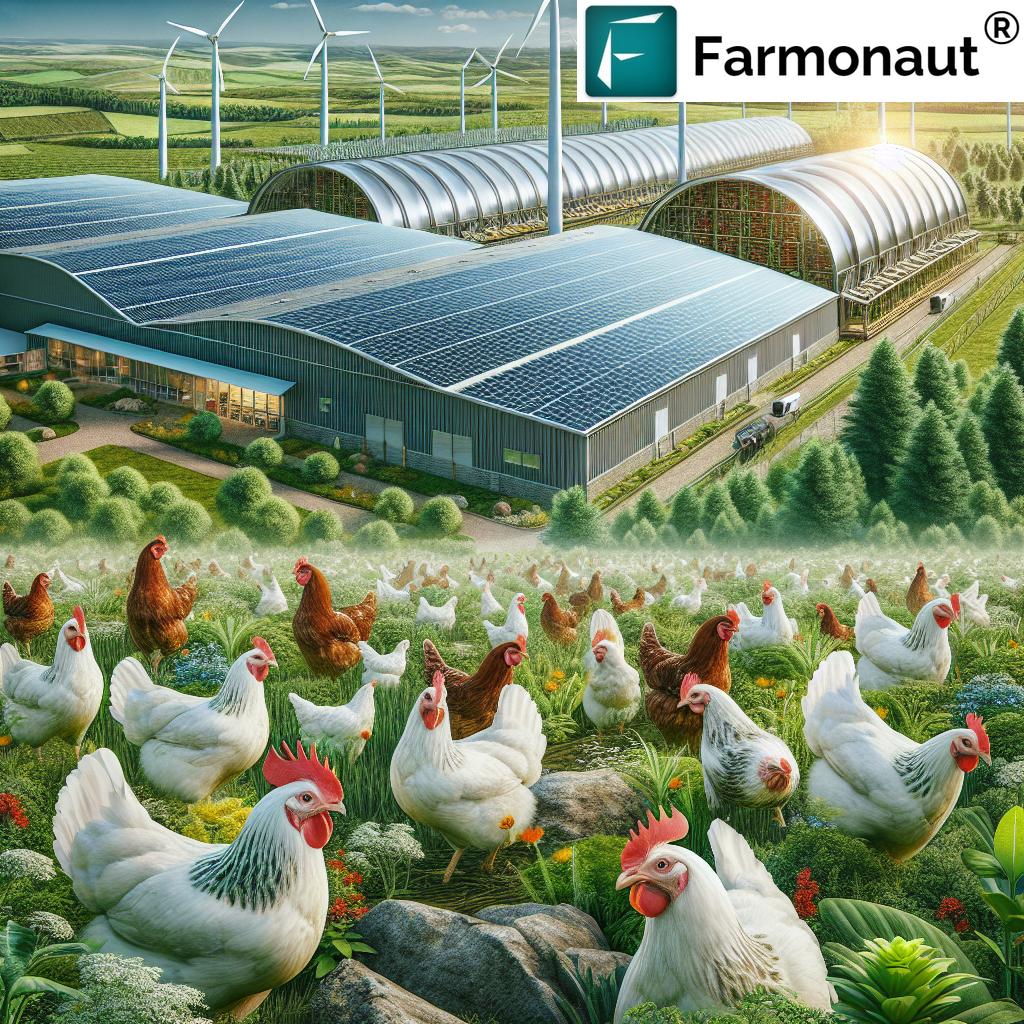Best Pest Control Near Me: 7 Proven Sustainable IPM Methods
“Over 70% of farmers using IPM report a 50% reduction in chemical pesticide use.”
“Biological pest control can increase crop yields by up to 30% while preserving beneficial insect populations.”
Effective pest control is the backbone of agriculture, farming, and forestry operations. Whether you’re a large agribusiness, a smallholder farmer, or a forest manager, implementing the best pest control strategies not only safeguards crops and forests, but also promotes environmental sustainability and economic viability. In today’s eco-conscious world, the sustainable management of pest populations is more critical than ever, requiring the use of integrated methods that reduce pesticide use and support a healthy environment.
This comprehensive guide explores the most effective practices for pest control in agriculture and forestry, focusing on Integrated Pest Management (IPM), biological pest control methods, and practical considerations when selecting a pest control service. Throughout, we emphasize strategies that not only prevent crop and forest damage but also enhance sustainability and long-term success.
Understanding Integrated Pest Management (IPM): The Sustainable Solution
Integrated Pest Management (IPM) stands as the gold standard for sustainable pest management across farms and forests. This economically and ecologically sound approach combines multiple techniques to manage pest populations at levels that do not cause economic harm, while minimizing risks to humans, beneficial organisms, and ecosystems.
The primary goal of IPM is not eradication but control and balance, promoting a resilient agro-ecosystem. By implementing the right set of methods, farmers and forest managers can prevent excessive reliance on chemical pesticides, reduce costs, and help stabilize local environments. Let’s examine the key components of IPM and why every agricultural or forestry operation should adopt this system.
Core Components of Integrated Pest Management
-
Monitoring and Identification:
Regularly inspecting crops and forests to identify pest species. Accurate identification informs the choice of control measures. Monitoring pest populations helps pinpoint when action is needed. -
Establishing Action Thresholds:
Determining the pest population levels at which intervention becomes necessary to avoid economic losses. These thresholds vary by crop, pest, and local environmental conditions. -
Preventive Cultural Practices:
Utilizing proven cultural practices for pest prevention—including crop rotation, selecting resistant varieties, optimizing planting times, and sanitation. -
Mechanical and Physical Controls:
Methods such as installing barriers, traps, or manually removing pests to protect crops and forests without chemicals. -
Biological Controls:
Introducing or conserving natural predators, parasitoids, and pathogens to keep pest populations in check (
see more below
). -
Chemical Controls:
Applying pesticides only when absolutely necessary, using targeted products with minimal impact on beneficial organisms and the broader environment.
This integrated approach ensures that multiple pest control methods, from natural predators to technological monitoring, work in harmony to protect crop and forest health.
Comparative Table: 7 Proven Sustainable IPM Methods
| IPM Method | Description | Primary Target Pest Type | Estimated Effectiveness (%) | Reduction in Chemical Pesticide Use (%) | Eco-friendliness Rating (1–5) |
|---|---|---|---|---|---|
| 1. Monitoring & Identification | Regular scouting; proper pest species identification and population assessment | All insect, weed, disease pests | 80–95 | 10–20 | 5 |
| 2. Cultural Practices | Crop rotation, resistant varieties, optimized planting/harvesting | Soil-borne pests, beetles, nematodes, fungi | 70–90 | 20–50 | 5 |
| 3. Mechanical / Physical Controls | Traps, barriers, hand removal, mulching, heat/cold treatments | Caterpillars, beetles, rodents, insects | 60–85 | 15–30 | 4 |
| 4. Biological Controls | Use of natural enemies: predators, parasitoids, pathogens | Aphids, whiteflies, worms, mites, beetles | 75–90 | 30–70 | 5 |
| 5. Action Thresholds | Defining population levels for intervention | All pest species | 70–85 | 10–20 | 5 |
| 6. Targeted Chemical Controls | Judicious, selective pesticide use only when necessary | Insects, fungi, weeds | 80–95 | 40–60 | 3 |
| 7. Preventive Measures & Sanitation | Removing debris, cleaning tools, managing waste to prevent establishment | Disease, bacteria, insects | 70–90 | 20–30 | 4 |
Implementing Sustainable Pest Control Near Me: Principles and Practices
Locating the best pest control near me isn’t about the nearest supplier of chemicals—it’s about implementing a sustainable, IPM-based strategy that protects your crops, forests, and local environment. Here’s how to build a robust, eco-friendly pest control program:
- Adopt preventive pest control strategies tailored to your specific farm or forestry operation.
- Combine multiple methods – from biological to mechanical and cultural – for resilient control.
- Rely on monitoring and evidence-based decisions, not routine chemical treatments.
- Leverage innovative technologies for early detection and precise decision-making.
- Educate your team on sustainable pest management principles.
Monitoring Pest Populations and Identification: The Cornerstone of IPM
Success in integrated pest management begins with regularly inspecting crops and forests to identify pest species and assess their population levels. Knowing which pests are present and at what density allows for the timely and appropriate selection of control measures.
- Human observation: Trained personnel regularly scout fields, forests, and greenhouses.
- Use of monitoring tools: Sticky traps, pheromone lures, and automated digital sensors can all support accurate population monitoring.
- Action thresholds: Control measures are only triggered when populations reach a level that could cause economic damage—not before.
- Tech-enabled solutions: Satellite-based crop health monitoring (as provided by Farmonaut) enables rapid detection of areas under stress, potentially indicating pest activity. Discover more about Farmonaut’s satellite monitoring technology and how it can give farmers an edge in early pest detection by leveraging our large scale farm management solutions for corporate plantations.
Cultural Practices for Pest Prevention: Building Pest-Resistant Systems
The foundation of sustainable pest management is in strong, healthy agroecosystems. Cultural practices for pest prevention aim to make crops and forests inherently less susceptible to pest establishment and proliferation. Examples include:
- Crop rotation: Alternating plant species over seasons disrupts the lifecycle of soil-borne pests and reduces build-up of fungi and nematodes.
- Choosing pest-resistant varieties: Selecting plant varieties bred for resistance to specific insects/diseases.
- Optimizing planting and harvesting times: Sowing and reaping to avoid periods of high pest pressure.
- Sanitation and debris management: Removing plant residue and weeds can prevent many pest species from overwintering and multiplying.
- Managing soil health: Healthy soil with balanced nutrients enhances plant vigor, further discouraging pest establishment.
Proactive preventive pest control strategies significantly reduce pesticide use while promoting crop and forest health.
For actionable field insights and recommendations tailored to your specific soil, crop, and climate conditions, our Jeevn AI Personalized Farm Advisory analyzes farm data and automates best-practices guidance for optimized results.
Mechanical and Physical Pest Controls: Non-Chemical Defenses
Mechanical and physical control measures are direct actions to prevent pests from damaging crops and forests, without resorting to chemicals. These practices—sometimes simple, sometimes advanced—are vital tools in environmentally friendly pest control.
- Barriers and row covers: Fine mesh or nets over crops keep pests like beetles, caterpillars, and even birds away.
- Mechanical traps: Sticky cards or pheromone traps to capture moths, flies, and beetles.
- Hand picking: Manual removal of large pests such as caterpillars and large insects—especially in smaller plots and high-value crops.
- Physical interventions: Applying mulch to suppress weed pests, or using soil solarization techniques (plastic sheets trap solar heat that kills pests and pathogens).
These methods can be highly effective when used in combination, especially for organic and integrated farms. Their selective nature targets pests while preserving beneficial organisms and the environment.
Biological Pest Control Methods: Natural Allies in Action
At the heart of sustainable pest management lies biological pest control—the strategic use of living organisms like natural predators, parasitoids, and pathogenic fungi to suppress pest populations. This method aligns with guiding principles of ecosystem harmony and takes advantage of nature’s own defenses to protect our crops and forests.
Let’s explore key types of biological control agents and how they can be implemented in a robust integrated pest management program:
-
Predators:
Lady beetles (ladybugs): Fierce consumers of aphids and other sap-sucking insects. Each larva can eat dozens of aphids per day. -
Parasitoids:
Tiny wasps lay eggs on/inside pest insects (e.g., caterpillars, beetles), and the growing larvae kill their hosts, naturally reducing pest numbers. -
Pathogens:
Entomopathogenic fungi (such as Beauveria bassiana) infect and destroy various insect pests, including whiteflies, thrips, and some beetles.
Benefits of Biological Control:
- Long-term, self-perpetuating suppression of pest populations
- Reduced risk of chemical resistance and environmental pollution
- Specificity protects non-target and beneficial organisms—critical for pollinator health
- Potential to increase yields by up to 30% thanks to preservation of beneficial insects and natural processes
To integrate biological pest control methods into your operation, consider regular releases of beneficial insects, habitat management to support natural predators, and judicious tracking of pest and predator populations.
For larger businesses or those looking for tech-driven solutions, biological control can also be combined with remote crop health monitoring for pinpoint, timely releases. If you want to ensure traceable and sustainable farm practices for your agricultural exports, explore Farmonaut’s blockchain-based product traceability to demonstrate environmental responsibility.
“Over 70% of farmers using IPM report a 50% reduction in chemical pesticide use.”
“Biological pest control can increase crop yields by up to 30% while preserving beneficial insect populations.”
Examples of Common Biological Control Agents
- Lady beetles (ladybugs): Targeting aphids and whiteflies.
- Green lacewings: Consuming soft-bodied insect pests.
- Encarsia formosa (parasitic wasps): For whitefly control in greenhouses.
- Predatory mites: Controlling spider mites and thrips.
- Trichogramma wasps: Attacking the eggs of crop moths and caterpillars.
- Bacillus thuringiensis (Bt): A bacterial pathogen safe for humans, fatal for caterpillars and some beetles.
The diversity of biological pest control agents means tailored eco-friendly solutions are available for nearly every crop and regional pest issue.
Chemical Controls: Responsible and Reduced Use
While chemical pesticides are sometimes necessary for crop and forest protection, modern integrated pest management advocates for responsible, reduced, and targeted application. Here’s how to minimize impact:
- Use chemicals only as a last resort and strictly in line with IPM action thresholds.
- Select products that are specific to the target pest, thereby sparing beneficial species and preventing the development of pesticide resistance.
- Follow regional and national regulations when applying pesticides, and always use correct dosages.
- Maintain buffer zones around fields and forests to protect water sources and non-target areas.
- Rotate chemical classes to prevent resistance build-up in pest populations.
Technology like Farmonaut’s Carbon Footprinting helps assess the environmental impact of pesticide and agro-input use—vital for sustainability compliance and reporting.
Farmonaut’s Role in Precision Pest Management
At Farmonaut, our mission is to make precision agriculture affordable and accessible globally. We deliver advanced, satellite-based farm management solutions via Android, iOS, web, and API access to empower individual farmers, agribusinesses, and government institutions.
- Real-Time Crop Health Monitoring: Our platform leverages multispectral satellite imagery to diagnose vegetation health, spot pest-stressed areas, and determine soil moisture levels—all with actionable data for your IPM strategy.
- Jeevn AI Advisory System: Farmonaut’s AI analyzes satellite and weather data to deliver timely, actionable crop management guidance, including pest risk forecasts, customized to each farmer or agribusiness’s unique situation.
- Blockchain Traceability: Secure, end-to-end tracking of agricultural products, improving transparency in food safety and sustainability claims.
- Fleet and Resource Management: Optimize deployment of machinery and teams for efficient field operations—from scouting and monitoring to pest management actions.
- Environmental Impact Tracking: Our carbon footprinting tool enables businesses and governments to steer toward more sustainable pest management with real metrics.
Whether you’re interested in guidance on adopting IPM principles, verifying sustainable practices for financial products, or maximizing long-term farm or forest productivity, Farmonaut’s solutions help reduce costs, improve yields, and deliver measurable environmental benefits.
Interested in seamless, on-the-go pest management insights? Download our app:
Need custom solutions or integration into your enterprise systems?
Explore our API: API for Developers | Developer Documentation
For those engaged in bulk operations, manage fleet logistics and resources efficiently—minimizing operational costs and boosting overall productivity—via our Fleet and Resource Management Suite.
Secure satellite-verified crop-area and yield estimation for loans and insurance using our crop loan and insurance verification platform.
Choosing the Best Pest Control Service Near Me: Key Considerations
When searching for the best pest control providers for agriculture or forestry, prioritize experience, compliance, and an IPM-first philosophy. Here’s what to look for:
- Proven Experience: Select providers with a track record in agricultural pest control, especially for crops or forests similar to yours.
- IPM Expertise: Ensure that their teams employ integrated pest management strategies and understand how to use a combination of methods, not just pesticides.
- Customized Pest Management: The best services offer tailored plans based on your unique local pest pressures and crop type or forest species.
- Transparency and Communication: Providers should be clear about methods, products, and expected outcomes. You should also receive education and advice on ongoing preventive strategies.
- Regulatory Compliance: Make sure all actions conform to national and local pesticide regulations, as well as environmental standards.
Notable Examples of Pest Control Service Providers
- Rentokil US: Delivers customized pest control for farms, addressing beetles, weevils, rodents, and broader forestry concerns, with advanced monitoring and eco-friendly solutions. (learn more)
- UAV-IQ: Focuses on aerial biological pest control using drones to release beneficial insects over crops, promoting truly sustainable pest management. (see more)
You can also inquire locally for IPM-focused service providers or organic-certified crop-care companies in your region.
Frequently Asked Questions (FAQs) on Pest Control Near Me
The most sustainable method is Integrated Pest Management (IPM), which combines monitoring, cultural controls, mechanical/physical interventions, biological pest control, and minimizes the use of chemical pesticides.
2. How can I reduce my farm’s pesticide use?
By adopting preventive cultural practices, regular monitoring, employing biological pest control agents, and using targeted pesticides only as needed according to threshold levels.
3. What are some effective biological pest control agents for crop pests?
Lady beetles (for aphids), parasitoid wasps (for caterpillars and beetles), entomopathogenic fungi like Beauveria bassiana (for whiteflies and thrips), and predatory mites are all proven biological agents.
4. Are IPM methods as effective as chemical pesticides?
IPM methods can be as effective as chemical pesticides, particularly when multiple techniques are integrated. They also offer long-term benefits by reducing resistance and supporting environmental health.
5. How can technology help with pest management?
Technologies like satellite monitoring, AI-based advisory, and digital sensors allow for rapid detection of pest outbreaks, more precise application of control measures, and data-driven management decisions.
6. Where can I learn more about sustainable agriculture solutions?
You can explore Farmonaut’s suite of sustainable agriculture and farm management tools.
Farmonaut Subscription Plans
Join thousands of farmers and businesses worldwide who trust Farmonaut for data-driven, sustainable farm and pest management. Choose the subscription plan that suits your needs:
Conclusion: Eco-Friendly Pest Control Is the Path Forward
Implementing integrated pest management with its combination of monitoring, cultural practices, biological control agents, and judicious pesticide use is the key to sustainable pest control in agriculture, farming, and forestry. This not only safeguards crops and forests but also preserves our environment and ensures long-term economic viability.
The future belongs to those who embrace innovation, data, and sustainability. With the right partners, tools, and strategies—like those offered by Farmonaut—you can reduce chemical pesticide use, boost yields, and nurture a healthy agroecosystem for generations to come.
Explore our complete range of solutions for carbon footprinting, product traceability, crop loan & insurance verification, fleet management, large-scale farm management, and personalized forest and plantation advisory.
Empowering a smarter, greener, and more productive future—one field and forest at a time.


